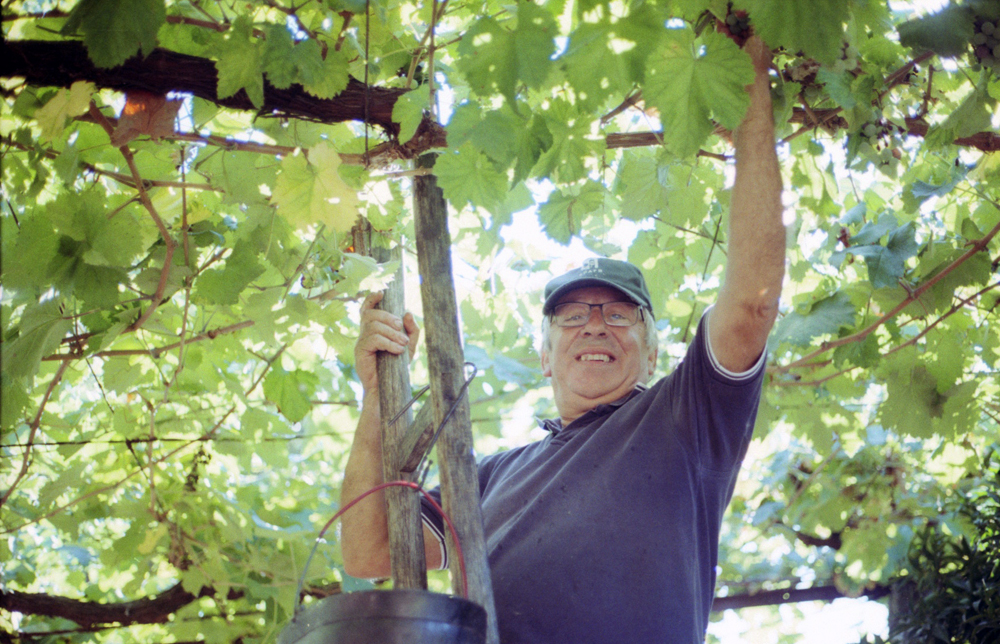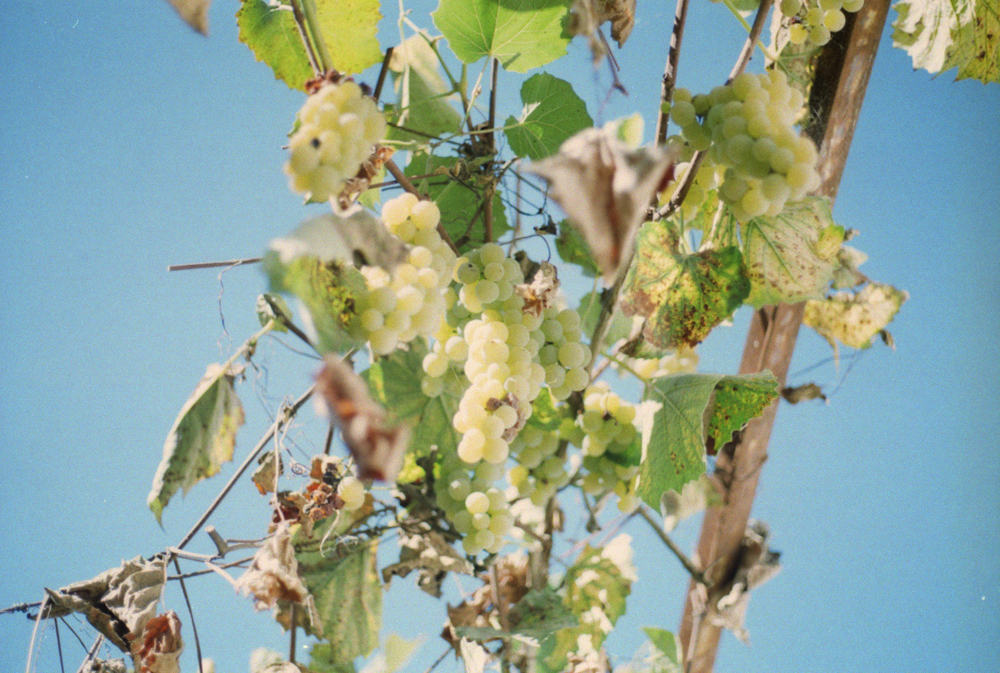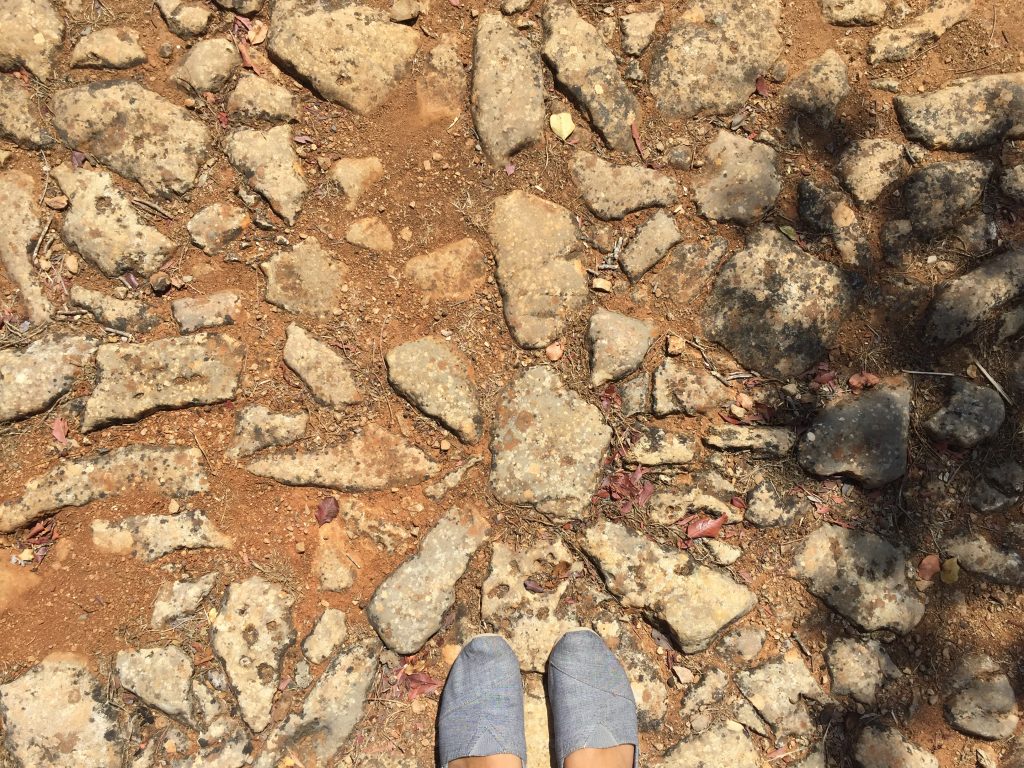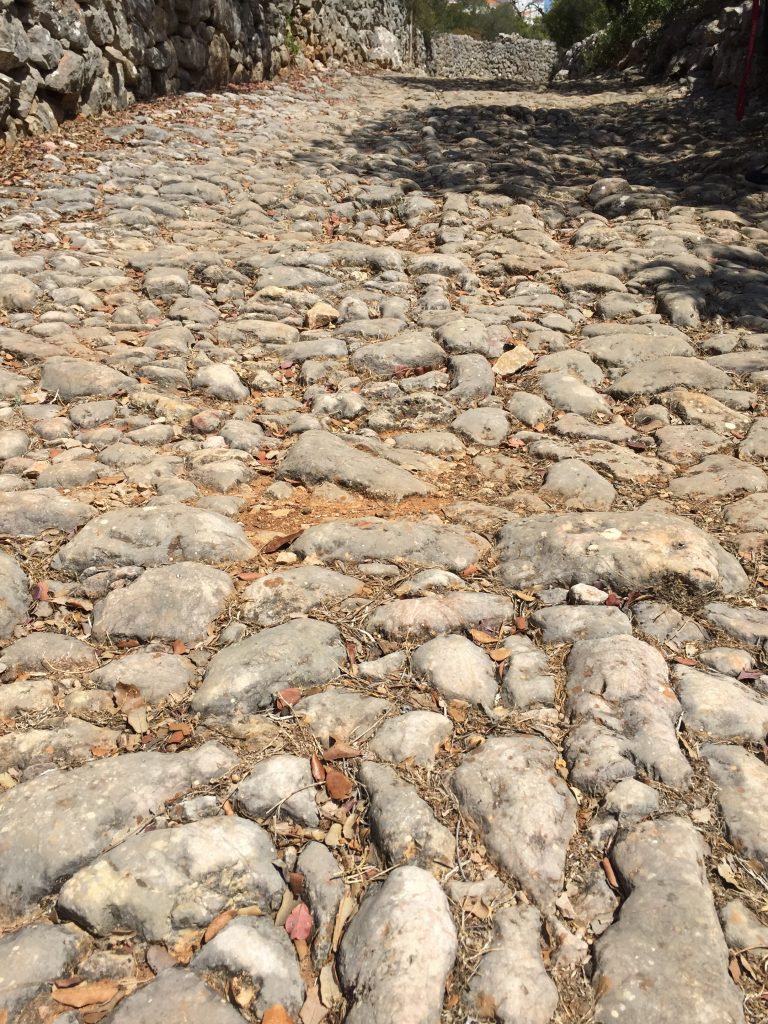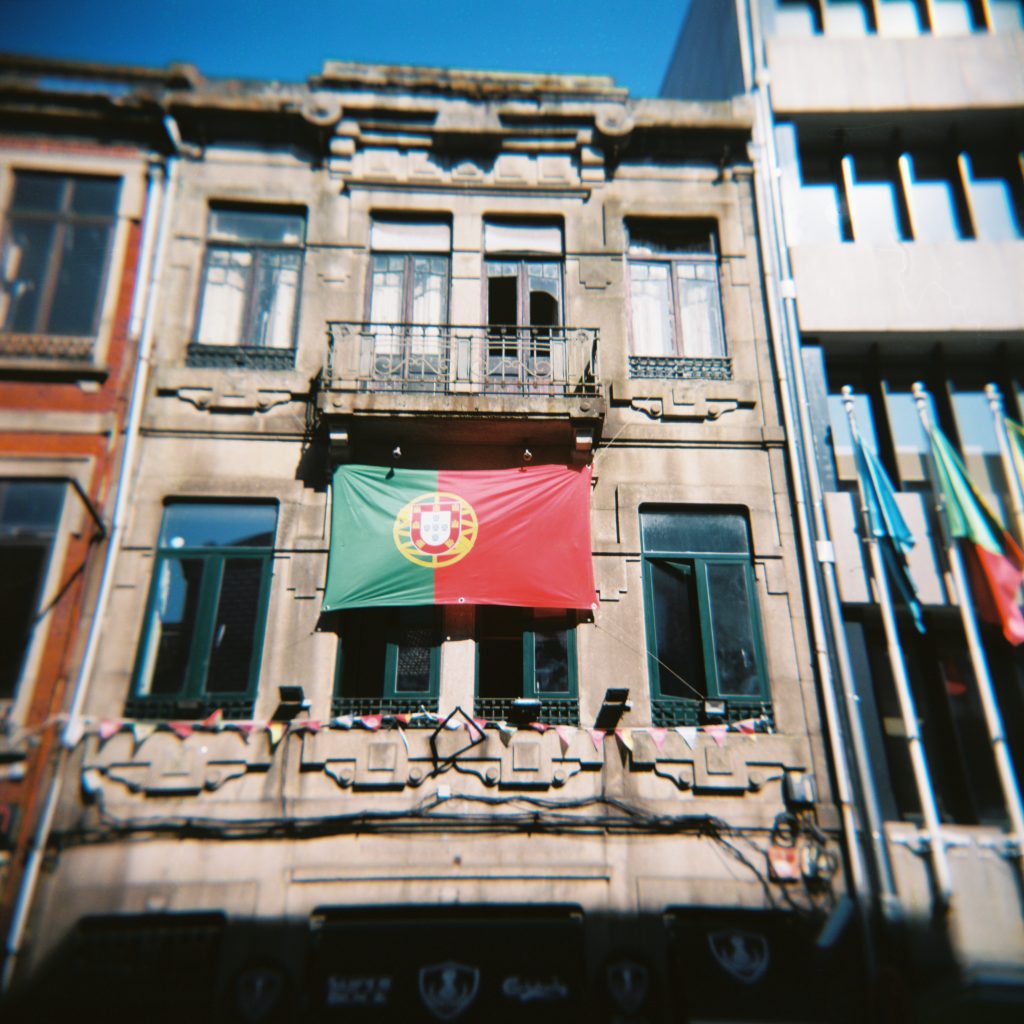so tavira has an “experimental agrarian center” (CEAT), which is a very low-key place with an important mission: it helps local farmers get started and learn more about all kinds of things related with agriculture. like many places in algarve, tavira is a town that lives mostly off tourism, but the more you move away from the coast and into hills, the more you see a kind of dryland subsistence farming that is hard but so important to people’s lives in these villages.
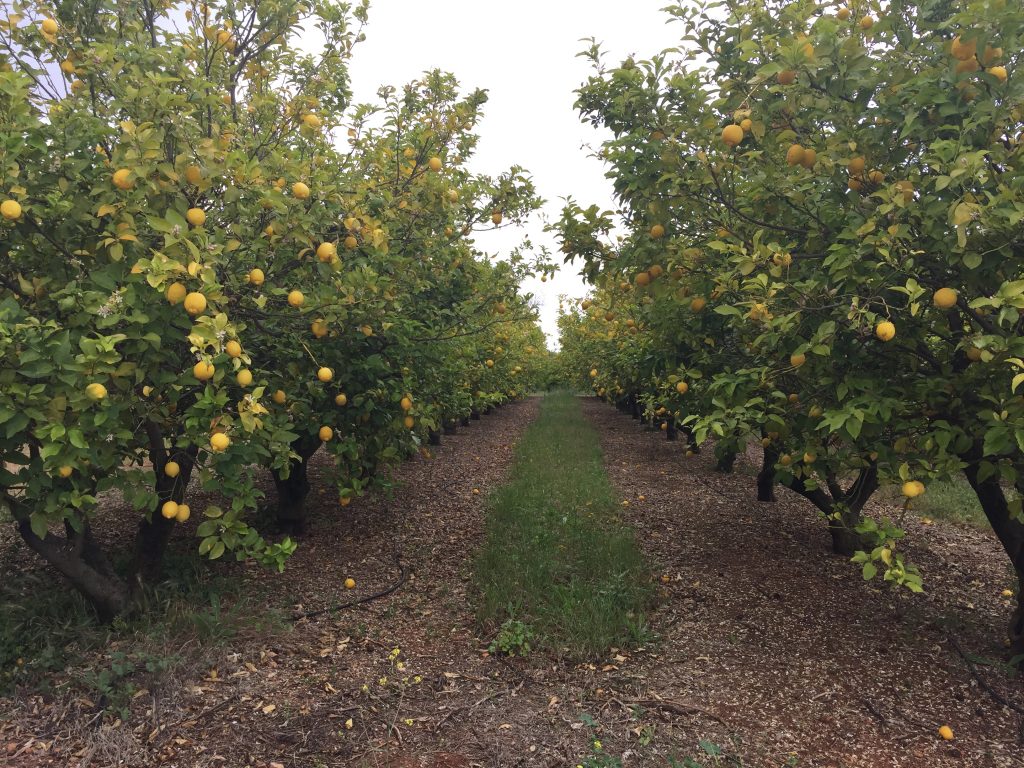
so as part of its mission, the center started a gigantic project to research and collect specimens from the local varieties of fruit trees, which they maintain in a specific area — a seed bank of sorts, but with actual living trees. in the last decade, they have collected hundreds of cultivars of citrus trees (the main crop around here), as well as carob, almond or figs, but also things that you might not expect like specific southern portuguese grapevines, loquats, pomegranate or “pêro de monchique”. researching these species in the region involved talking to a lot of farmers and then doing genetic analysis to identify the differences between certain plants, to make sure they are actually unique cultivars (and not just the same tree with a different name).
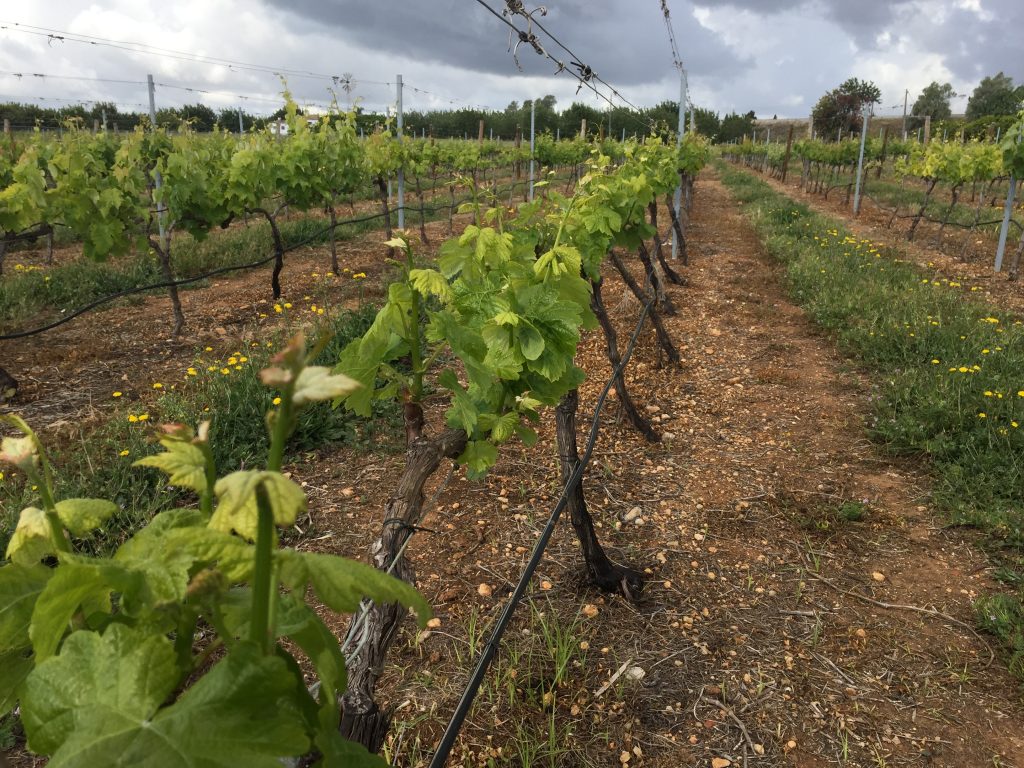
so after specimens are collected, they’re brought to tavira where they are further studied and serve as a reference for the future, in case something happens or someone is interested in the local species of these trees. want to know which plants are best for your land, or how much production you can expect from a certain cultivar? they can tell you! want to produce a special wine that is labeled as being from algarve’s region? you’ll need to make sure you’re using the right grapes… guess who you can ask about that?

walking the grounds and looking at all these trees in their neat rows, you get the sense that this is not only an invaluable genetic repository for the future, but also a huge work of love, spread out over many square meters. unlike a static museum collection, this one is alive and needs constant care and attention if it is to fulfill its purpose, and i’m really glad for the humans doing this work.


